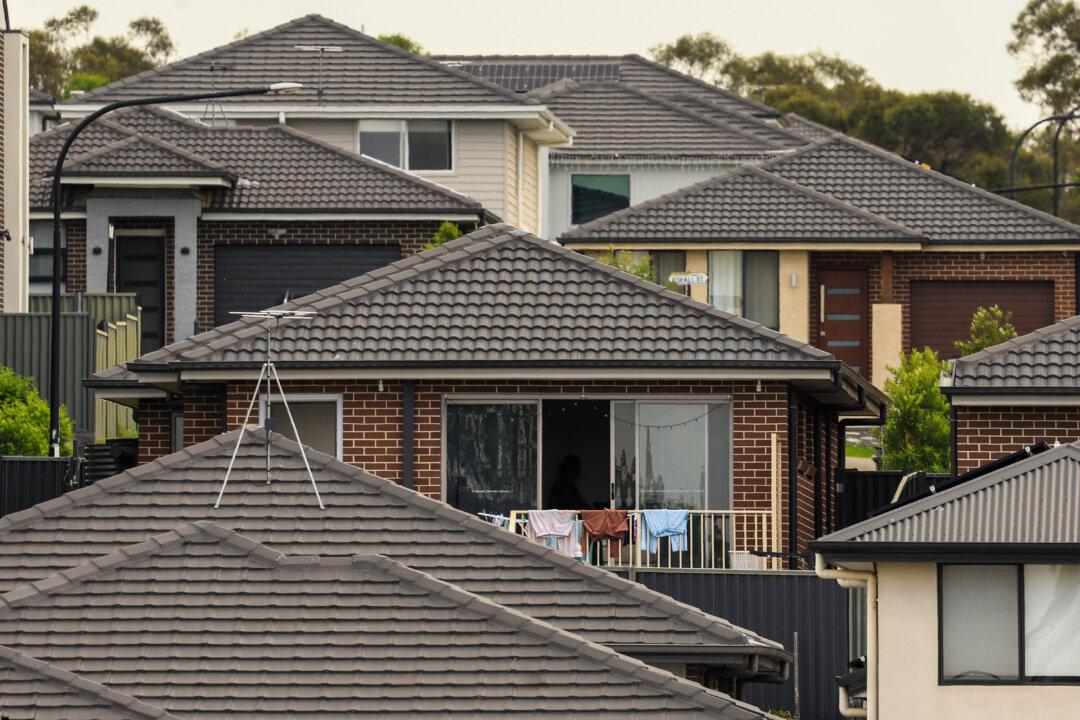With rents rising nearly 40 per cent in the past five years cities are becoming hubs for larger households as international students lead the charge of living together.
Housing has become a battleground for the major political parties jockeying to appeal to first-time homebuyers in particular, but renters continue to do it tough.
Advertised rental listings remain well below average, property data firm CoreLogic says in its Quarterly Rental Review released on Wednesday.
About 99,000 rental properties were listed nationally over four weeks, more than 22 percent less than normal for this time of year.
“With affordability stretched, many renters are adjusting by staying in shared accommodation or delaying independent living, which in turn reduces net rental demand,” CoreLogic senior economist Kaytlin Ezzy said.
Since March 2020, national rents have climbed 38.4 percent or the equivalent of an extra $182 per week, averaging $9,442 annually.
Vacancy rates have tightened to 1.6 percent in March, down from 2.0 percent in December.
“The renewed growth in unit rents is likely linked to the seasonal lift in demand from international students who typically favour higher-density housing,” Ezzy said.
Sydney remains the most unaffordable city to live in as a renter with a median weekly rental value of $781 while in Hobart it is more than $200 less at $574, making it the cheapest capital city to sign a lease in.
Labor and the coalition say their housing policies, worth a combined $24 billion, would solve the lack of supply of homes in the market which would drive down prices.
The Greens have slammed both major parties for “burning the dreams of renters” by driving house prices up. The party has promised to implement a cap on rent increases and limit them to every two years if voted into minority government.

The coalition has vowed to slash the number of international students by 80,000 which it claims are fuelling a housing crisis.
The Property Council of Australia has disputed that characterisation noting foreign students made up only four percent of Australia’s rental market.
Core Logic said on Wednesday recent migration data had eased housing demand with net overseas migration in the year to September 2024 coming in at just under 380,000 people, more than 30 percent lower than the previous year’s peak.
But Lyndall Bryant, who heads up the QUT Centre for Justice Housing Security Research Group, is pushing for an out-of-the-box interim solution beyond the supply debate, that can be beneficial for home-owners and desperate tenants.
She has urged whichever party wins office to incentivise the use of the 13 million spare bedrooms
Most of these are older owners who are often asset-rich but income-poor and could do with the income that would come from renting out a room so long as it didn’t cut into their pension, she suggested.
“This would also ease cost-of-living pressures for home-owners and provide the physical and mental health benefits that come from shared living arrangements,” Bryant said.







